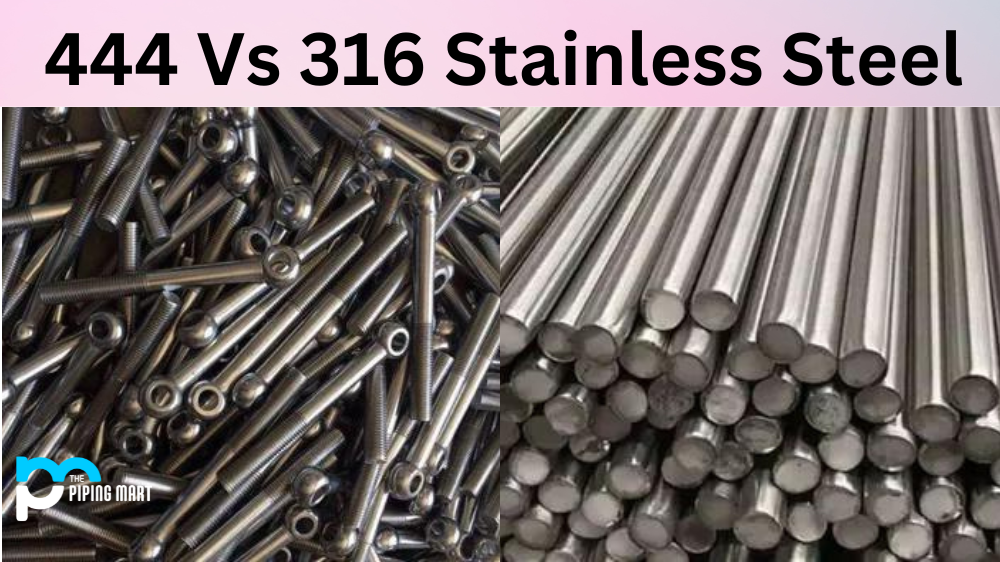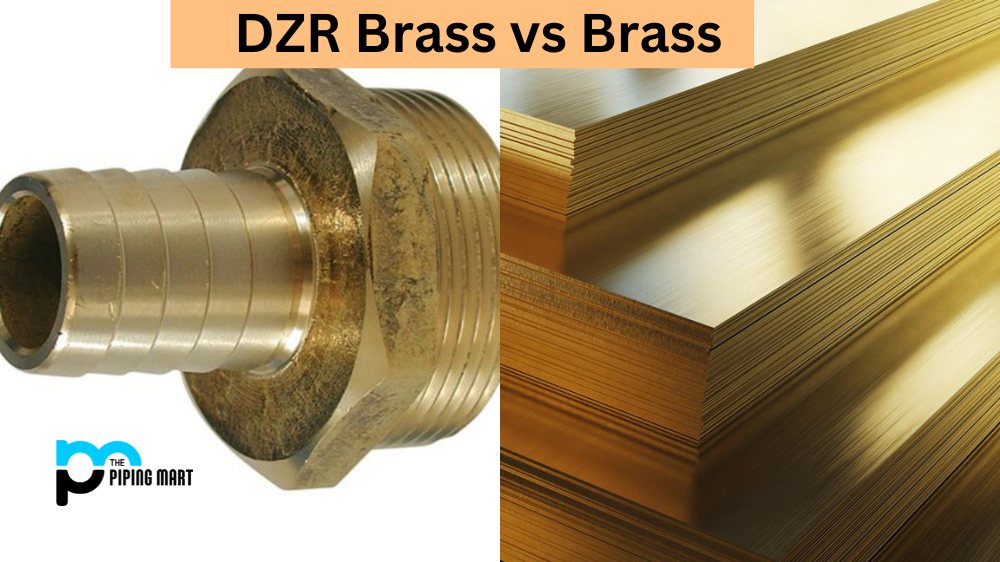Are you looking for the perfect stainless steel grade for your next project? If so, you may have come across two popular grades that deserve a closer look: 444 and 316 stainless steel. Though both materials are solid and durable, they have unique properties and characteristics that make them better suited for certain applications over others. This blog post will look closely at the similarities and differences between 444 and 316 stainless steel to help you determine which is best for your needs.
444 Stainless Steel
The most notable feature of 444 stainless steel is its incredible corrosion resistance. This type of stainless steel contains high levels of chromium, which helps to protect it from rusting even when exposed to moisture or salt water. It can also withstand high temperatures without losing its strength or durability. However, 444 stainless steel is less strong than other types of stainless such as 304 or 316.
316 Stainless Steel
316 stainless steel is renowned for its superior strength and durability. Unlike 444, it contains higher levels of molybdenum which gives it increased resistance to corrosion and oxidation in even harsher environments than those seen with 444. It also has greater tensile strength than other grades of stainless steel, making it ideal for applications where strength is important. But this added strength comes at a cost; 316 is more expensive than many other types of stainless steel, including 444.
Difference Between 444 Vs 316 Stainless Steel
Chemical Composition
The main difference between 444 stainless steel and 316 stainless steel is their chemical composition. 444 stainless steel contains more chromium than 316 stainless steel, which gives it better corrosion resistance. Additionally, 444 stainless steel contains molybdenum, which gives it even better corrosion resistance.
Mechanical Properties
444 stainless steel also has better mechanical properties than 316 stainless steel. It is stronger and more ductile and can be cold-worked to a greater degree than 316 stainless steel.
Thermal Properties
444 stainless steel has better thermal properties than 316 stainless steel as well. It has a higher melting point and a lower coefficient of expansion. Additionally, 444 stainless steel is less likely to suffer from sensitization during welding than 316 stainless steel.
Applications
Both 444 stainless steel and 316 stainless steel are widely used in various applications. However, 444 stainless steel is typically used in high-temperature applications, while 316 stainless steel is used in low-temperature applications.
Cost
Finally, the cost of 444 stainless steel is typically higher than the cost of 316 stainless steel. This is due to the higher chromium content of 444 stainless steel and the addition of molybdenum.
Conclusion:
In summary, 444 and 316 stainless steel are excellent options depending on your intended application. For projects requiring superior corrosion resistance in low-cost environments, 444 may be the right choice, while those needing greater strength may want to consider investing in more expensive 316-grade material instead. Ultimately, the decision comes down to what qualities are most important for your application, so be sure to weigh each option carefully before making a final decision!

A passionate metal industry expert and blogger. With over 5 years of experience in the field, Palak brings a wealth of knowledge and insight to her writing. Whether discussing the latest trends in the metal industry or sharing tips, she is dedicated to helping others succeed in the metal industry.




